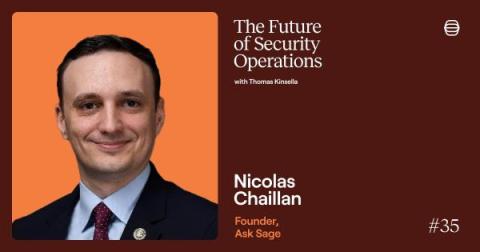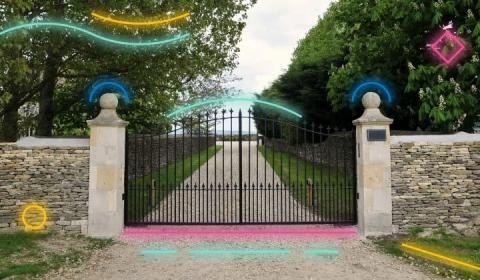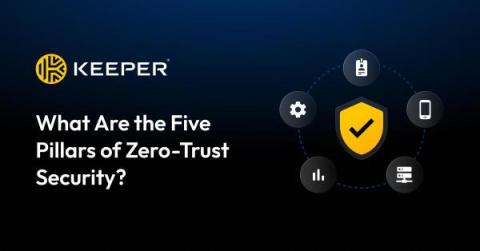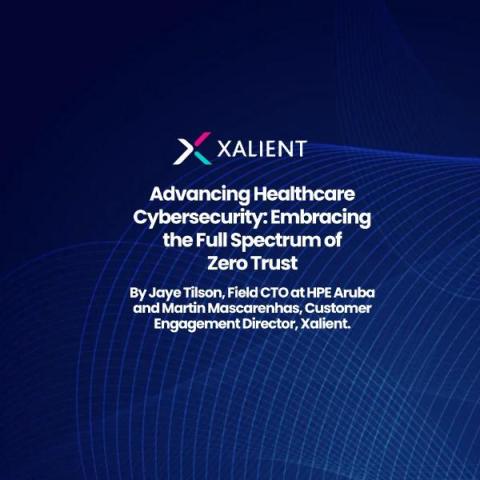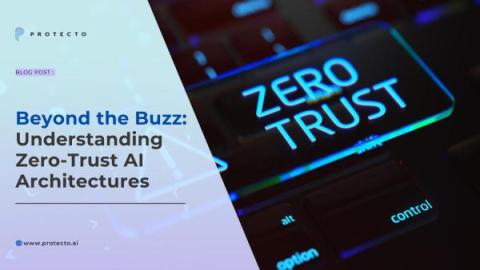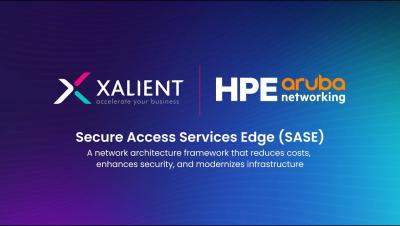Ask Sage's Nicolas Chaillan on moving the DOD to zero trust and deploying Kubernetes in space
In this week’s episode of The Future of Security Operations podcast, I'm joined by Nicolas Chaillan. Nicolas is a security leader who has held several high-profile roles in US federal agencies including Chief Software Officer for the US Air Force and Space Force, Special Advisor for Cloud Security and DevSecOps at the Department of Defense (DOD), and Special Advisor for Cybersecurity and Chief Architect for Cyber.gov at the Department of Homeland Security.


